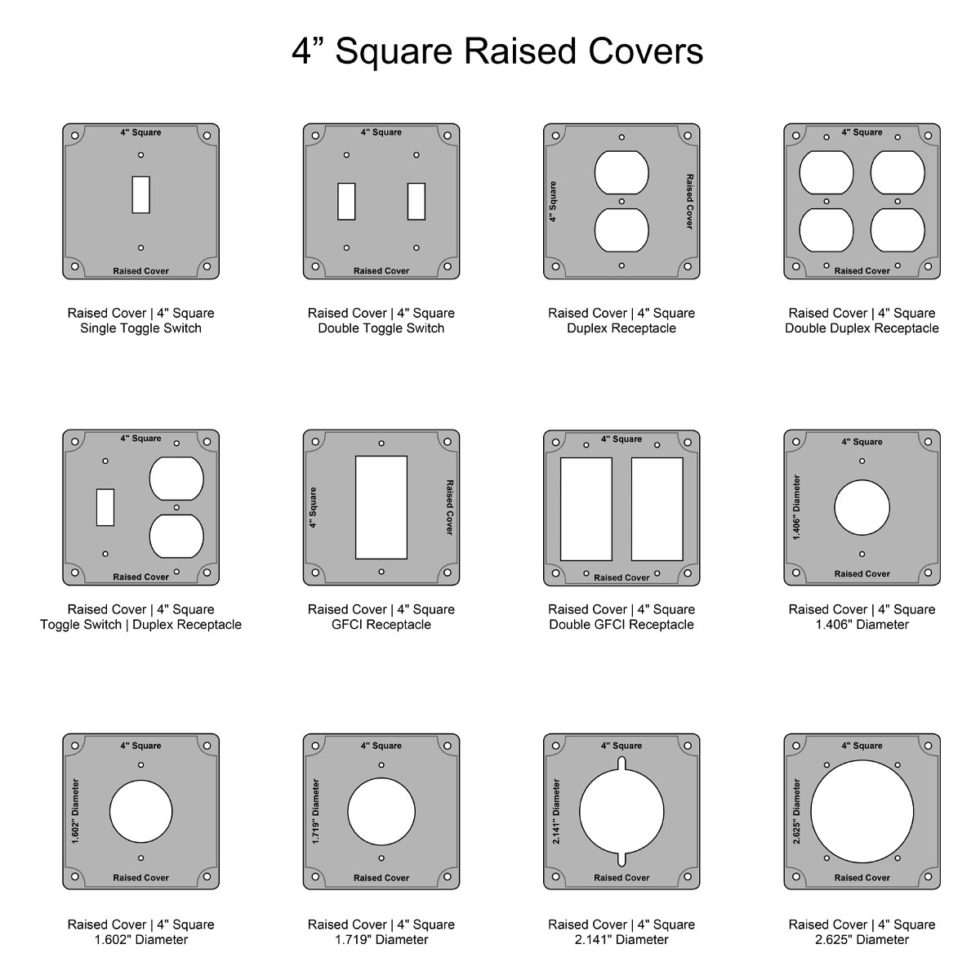

Show in All Profiles: Enable this option to display the toolset in all profiles within Revu.Display: Check this option to make the toolset automatically display in the Tool Chest.Under “Options,” configure the settings:.In the “Add Toolset” window, provide a title for your new toolset under “Title.”.In the “Manage Toolsets” window, click the “Add” button to create a new toolset.To create a custom toolset, go to “Tool Chest” and select “Manage Toolsets.”.To reuse a tool from a toolset, simply select the tool icon, and it will be automatically docked onto the cursor for reuse. The Tool Chest panel will display default toolsets, including “My Tools” and “Recent Tools.” You can customize these toolsets by showing or hiding specific tools. The panel’s exact location may vary depending on the profile you’re using, but in the default profile, it’s typically found on the left side of the Revu interface. Locate the Tool Chest panel in the panel access bar.Launch Bluebeam Revu and open your PDF document.Follow these steps to get started: Step 1: Access the Tool Chest Panel Now, let’s explore how to create and customize your own toolsets in Bluebeam Revu. Steps for Creating Custom Toolsets In Bluebeam For example, the Quantity Takeoff profile includes measurement toolsets, while the Field Issues profile includes punch walkthrough symbols. Profile-Specific Toolsets: Depending on the profile you’re using in Bluebeam Revu, you may have access to different too sets tailored to specific industries or workflows.Custom toolsets are especially useful for standardizing tools across multiple project teams. Custom Toolsets: Users can create custom toolsets to organize markups according to specific project needs.It provides quick access to tools used in the current session and automatically clears at the end of each session.

Recent Tools: The Recent Tools toolset displays markups that were placed most recently during your Bluebeam session.Each tool in this set includes a keyboard shortcut for quick access.



 0 kommentar(er)
0 kommentar(er)
